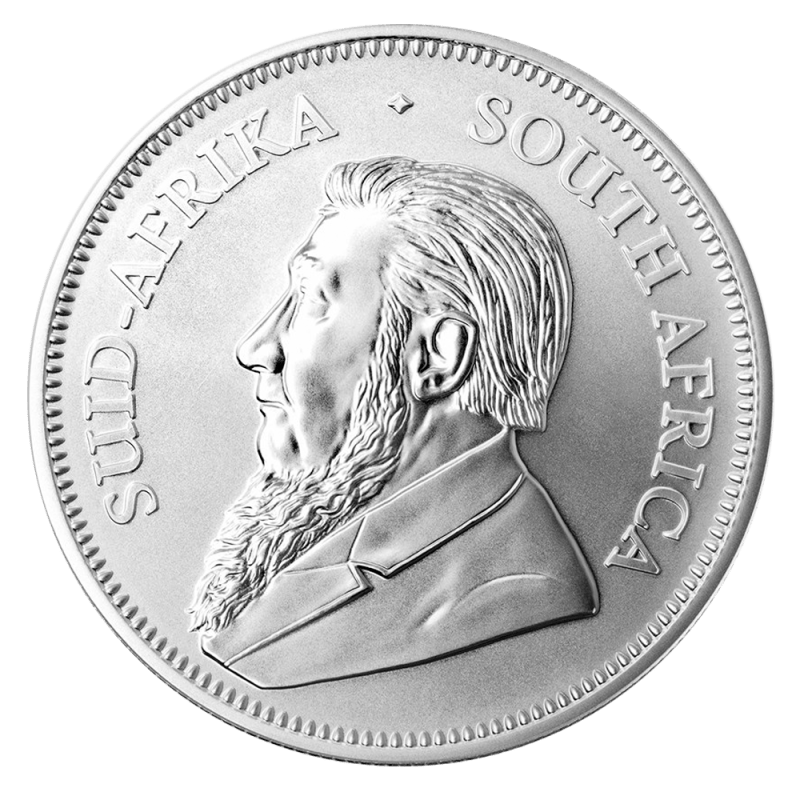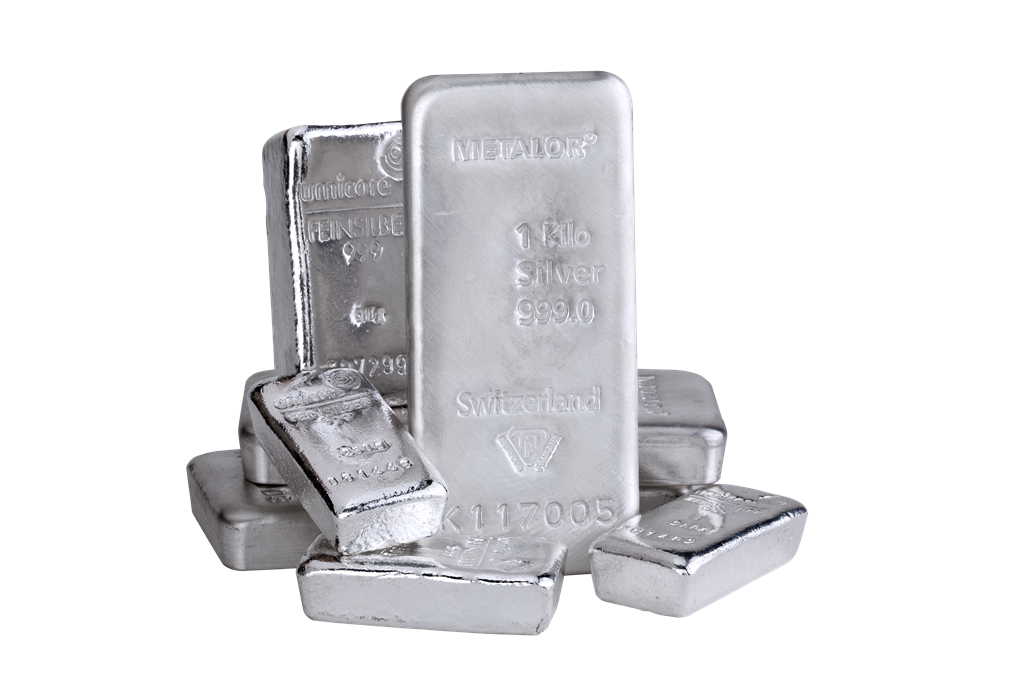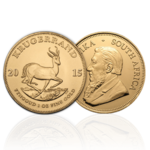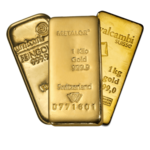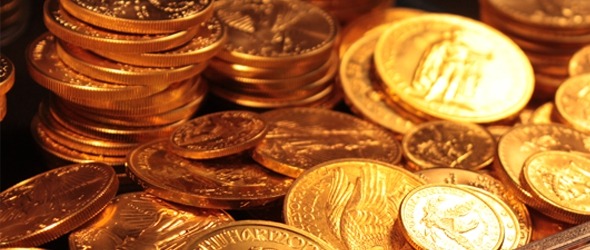
You probably came across these words in a description or technical specifications of coins and the uninitiated legitimately wonder what that means. Here is the explanation.
The premium
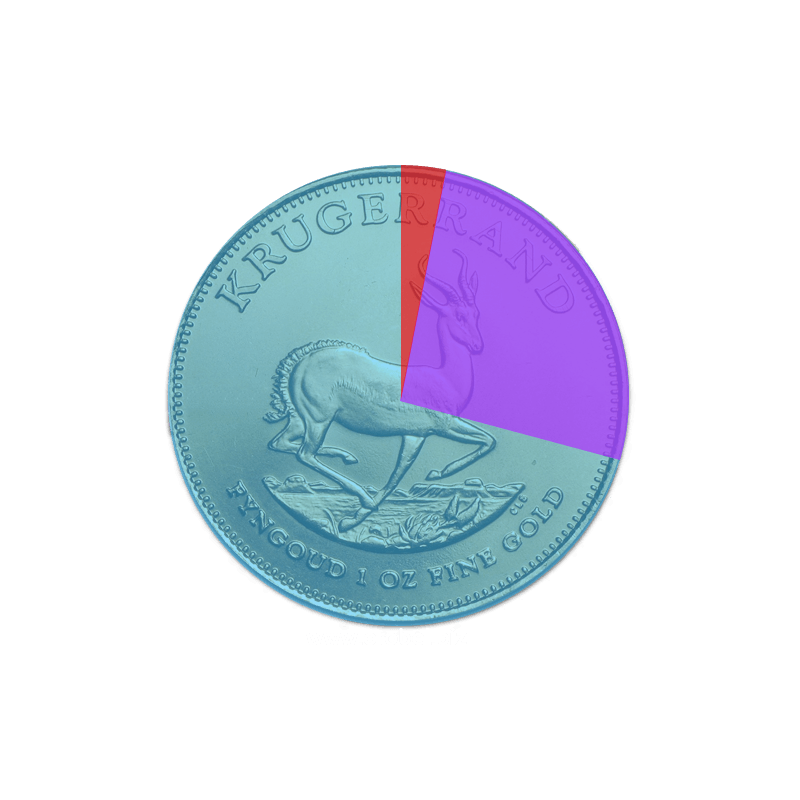
The smallest prenium are from 0 to 3-5% , but biggest prenium can go as hight as 30 %, the rest is always the value of gold
Basically, the premium is what makes a coin worth something more than the same amount of gold in any other form. This added value is at the same time historic, monetary, aesthetic and speculative. Unlike gold which has a single price, the value of the premium varies for each single type of coin and year individually.
Another feature that distinguishes the premium cost compared to the cost of gold is that it can vary in accordance with the price of gold but mostly the premium evolves regardless of the price of the metal in which is made the coin. The reason is that the rarity and sentimental value is more sensitive to changes than a raw material.
The premium, basically, is only the manifestation of the difference between supply and demand on any particular coin model. The mint of Paris, or any manufacturer, can perfectly decide on its own initiative to sell a coin to the cost of gold or the double. As long as there are buyers to bet on the fact that a limited edition, a nice test, brings some kind of value .We recommend you to be very cautious when you decide to bet on the premium of a coin, as it can vary without reason. And the risk of not getting this extra back when you’ll sell it is important.
In one sense the premium is something that exists also for precious metals bullion but we prefer the “manufacturing” or “cost of making” rather than “premium”. And that is a much lower percentage of the price of ingots compared to coins, this varies from 0.5 to 2% and 3-30% respectively.
The numismatic value
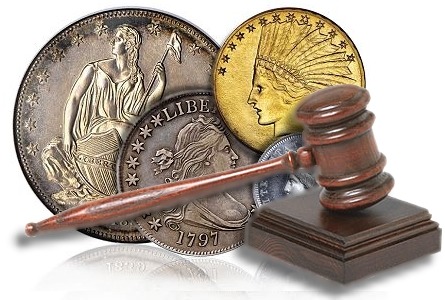
The difference between the weight of fine gold value of a coin and its real value on the market is composed of two parts: the premium (which we have explained above) and numismatic value.
Here are two examples to help you better understand:
The case is world famous, the “double eagle” coin is one of the most emblematic coin of numismatics because there are many of it in the world and it comes from THE global economic superpower. Since it is common, the coin has a small premium for most years, but 1933 coins are exceptionally rare. Not because that few were made, there were almost half a million minted, but because the government deliberately has never introduced them and melt all the gold.
Only two copies were officially kept, but one coin that had escaped the sight of authorities was able to be officially sold in auction it reached the impressive sum of $ 7,590,000. The other famous auction in the numismatic field is that of the first coins of US currency. As the United States became the power it is today, this coin that was only produced in 1830 was the subject of great speculation, the real specimens (because fake circulate abundantly) have been to negotiated at higher and higher prices. Even today it is not known exactly how many “silver dollar” were minted, there are just 15 authentic copies in circulation. The coin in better shape was sold in 1999 for over four million USD.
It is obvious that the bet on the numismatic value of a coin is something complicated and risky. It is quite dangerous to try it without the necessary skills in numismatics to assess the condition and authenticity of any coin.
Note that you can also talk about numismatic value of old bars, from a symbolic period such as the gold rush, that will sell more expensive than the value of their fine gold, or even some beautiful nuggets. This is however rarer.
